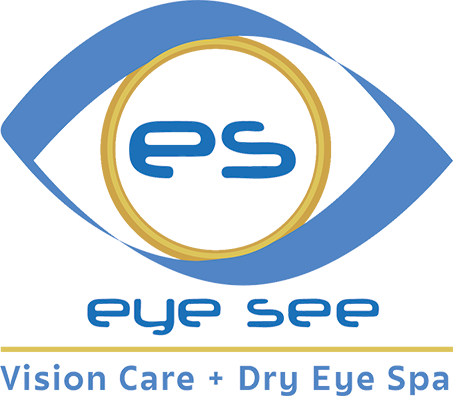
Myopia is a prevalent eye condition in children. If your child often squints, rubs their eyes, or complains about headaches, it might signal the onset of myopia in children. An early diagnosis can lead to effective management strategies, reducing the risk of complications in later life.
Understanding the Causes of Myopia in Children
Myopia in children typically develops between the ages of six and fourteen. It's primarily caused by an elongation of the eyeball, which results in light focusing in front of the retina instead of directly on it.
Environmental factors also play a considerable role in the development of myopia. For example, spending more time indoors, particularly on activities that require focusing on nearby objects like reading or using electronic devices, can increase the risk. Genetics also come into play, with children of myopic parents more likely to develop the condition.
Symptoms of Myopia in Children
Early detection is crucial in managing myopia in children. Some common signs include difficulty seeing distant objects, squinting, frequent blinking, eye rubbing, and headaches.
Your child might also complain about feeling fatigued after reading or watching TV. Often, a decline in academic performance may be an indicator of myopia, as children may struggle to see the blackboard or projector screen clearly.
The Importance of Slowing the Progression of Myopia
Untreated myopia can lead to severe vision problems in adulthood, including retinal detachment, cataracts, and glaucoma. High myopia can significantly impair the quality of life, limiting one's ability to perform everyday tasks effectively. Therefore, slowing the progression of myopia in children is not just about immediate relief but also about preserving their long-term vision health.
Myopia Management Methods for Children
There are several myopia management methods for children. The first line of action usually includes corrective eyewear such as glasses or contact lenses. These help the child see clearly and comfortably, but they don't slow down the progression of myopia.
Orthokeratology, or Ortho-K, is a non-surgical treatment that involves wearing specially designed contact lenses overnight to reshape the cornea. This temporary reshaping allows for clear vision during the day without the need for glasses or contact lenses.
Pharmaceutical interventions, such as low-dose atropine eye drops, have also shown promise in slowing myopia progression. However, these should be used under the guidance of an eye care professional.
Another promising development in myopia control is the use of multifocal lenses. These specialty contact lenses have different power zones to help correct vision at different distances.
Regular eye check-ups are crucial in controlling myopia in children. These check-ups can help detect vision problems early, making them easier to manage. An eye doctor can also monitor the progression of myopia and adjust treatment as necessary.
Ensuring Your Child’s Optimal Vision for a Bright Future
Myopia in children is a growing concern, but with early detection and sound management strategies, it's possible to slow its progression and safeguard your child's vision. By understanding the causes and symptoms, you can take proactive steps towards myopia control. Regular eye check-ups and innovative treatment solutions can also play a critical role in managing this condition.
Make myopia management a priority today to ensure your child has a clear and bright future, visit Eye See Optical at our office in Kensington, Maryland. We are committed to providing quality eye care services and products for the entire family. Please call (301) 881-6232 to schedule an appointment.








